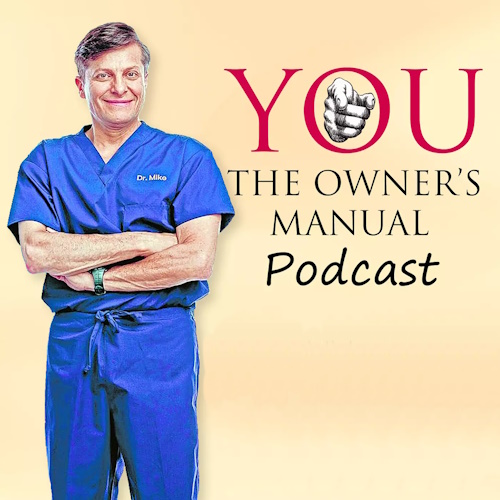3D Bioprinting for Medical Uses
Jordan Miller discusses the potential of 3D bioprinting for medical applications
In this episode, host Dr. Michael Roizen speaks with Jordan Miller, a pioneering bioengineer from Rice University, about advances in 3D bioprinting and its implications for medical uses. Jordan Miller's work merges 3D printing, synthetic chemistry, and molecular imaging to guide human cells in forming complex tissue and vascular structures. His lab uses 3D-printed scaffolds to engineer microenvironments, enabling the study of tissue architecture, disease modelling, and the fabrication of intricate vascular systems.
Key Points:
This episode highlights the exciting future of 3D bioprinting in medicine, focusing on Jordan Miller's work in creating artificial lungs. With ongoing research, we may soon see significant strides in developing functional, bioprinted organs.
- Introduction to 3D Bioprinting: Jordan Miller discusses his ground-breaking work on creating organ structures using 3D bioprinting technology, focusing on how it could revolutionize the medical field by providing solutions for organ transplants.
- Complexity of Lung Architecture: Miller explains why the lung is one of the most challenging organs to recreate due to its intricate network of airways and blood vessels that must never touch but still allow for gas exchange.
- Breakthrough in Lung Bioprinting: His team successfully printed a structure mimicking the lung's functional units, which can oxygenate blood. Although current models are about ten times larger than human lungs, progress is being made toward achieving life-size structures.
- Potential for Future Organ Printing: Beyond lungs, Miller's team is exploring bioprinting for other vital organs like the liver, kidney, and pancreas, using similar architectural principles.
- Use of Advanced Technology: The 3D printing method developed in Miller’s lab builds on techniques from the semiconductor industry, allowing precise control of tissue structures at a microscopic level.
- Progress and Future Outlook: While full organ replacement using bioprinting may take years, significant advancements are expected within the next decade, starting with animal models.
Visit website: https://support.doctorpodcasting.com/client/ytom/item/45264-ep-1056b-3d-bioprinting-for-medical-uses
See alsoYOU: The Owner’s Manual Podcast
A podcast based on the bestselling book of the same name by Mehmet Oz and Michael Roizen
Details last updated 19-Oct-2024
Mentioned in this Resource
Jordan Miller
Assistant Professor of Bioengineering at Rice University and Co-Founder at Volumetric, Inc.



